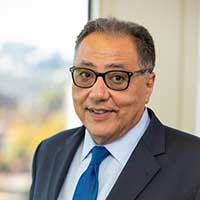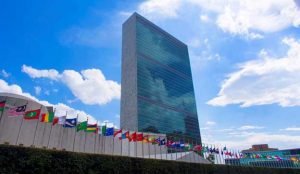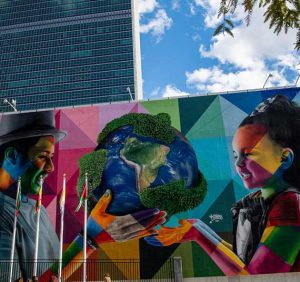LONDON, April 22, 2024 (GLOBE NEWSWIRE) — Emerging Markets Global Advisory LLP (EMGA), in partnership with Banco Improsa, announces that it has secured a US$15 million line of credit from The Japan International Cooperation Agency (JICA).
EMGA’s Head of Investment Banking and Managing Director of EMGA, Sajeev Chakkalakal, stated: “In spite of a challenging global macroeconomic environment, we are pleased to once again facilitate Banco Improsa’s continued vision to supporting SMEs in Costa Rica and complete this financing solution.”
Commenting on the transaction, Felix Alpizar Lobo, General Manager of Banco Improsa, said: “This financing reaffirms our commitment to strengthening the SME segment in Costa Rica. Banco Improsa is proud to share JICA's objective of contributing to the economic and social growth of developing countries.”
EMGA’s Managing Director Jeremy Dobson added: “Banco Improsa's strong management and healthy financial position were key factors in helping the EMGA Investment Banking team secure this funding, and this JICA facility will further strengthen Banco Improsa’s ability to grow its core SME lending book.”
JICA
The Japan International Cooperation Agency is a governmental agency that provides most of the Official Development Assistance for the Government of Japan. It is chartered with assisting the economic and social growth of developing countries, and the promotion international cooperation.
EMERGING MARKETS GLOBAL ADVISORY LLP (EMGA)
EMGA, with offices in London and New York, assists financial institutions and corporations seeking new debt or equity capital. EMGA’s multi–national team combine the decades of experience necessary to complete transactions on behalf of their clients within the world’s emerging markets and frontier economies, including Costa Rica which remains a key market. With a proven track record in capital formation and strategic advisory throughout diverse economic cycles, EMGA continues expanding its geographic reach and service offering, solidifying its place in the market as one of the industries pre–eminent emerging markets focused niche investment banks.
BANCO IMPROSA
It is a commercial bank with more than 37 years of experience, whose relational business model and focus on niche markets specializes in providing financing solutions and services to small and medium–sized enterprises (SMEs), among others. Banco Improsa was one of the first private banks in Costa Rica to offer non–financial services to its clients and has a long–standing history of providing advice and support to SMEs. Banco Improsa's key success factor is its commitment to high standards of agile and flexible service, which, together with the offer of customized financial solutions, has enabled it to achieve a solid position in these segments.
Banco Improsa is a subsidiary of Grupo Financiero Improsa (GFI).
Contact details:
info@emergingmarketsglobaladvisory.com

GLOBENEWSWIRE (Distribution ID 1000946184)










